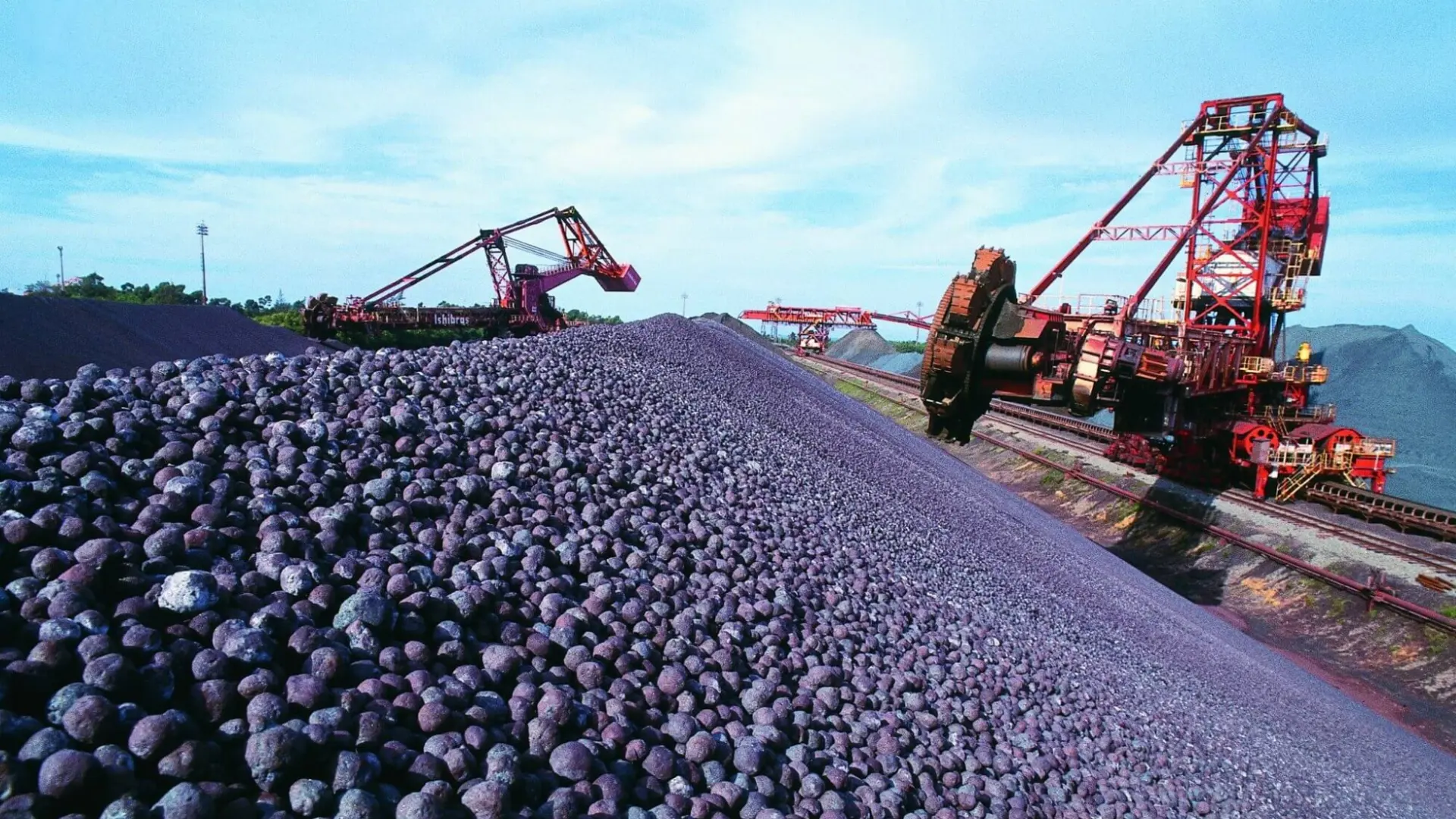Core application scenarios and specific descriptions of tungsten products
Category: Company News
Published Time: 2025-05-21
Summary: Tungsten products are widely used in various fields such as military, industry, electronics and information, aerospace, and energy due to their high melting point (3422℃), high density, high hardness, and excellent wear and corrosion resistance.
Tungsten products are widely used in various fields such as military, industry, electronics, aerospace, and energy due to their high melting point (3422℃), high density, high hardness, and excellent wear and corrosion resistance.
I. Military and Defense
1. Armor-piercing projectiles and anti-armor weapons
Application: Armor-piercing projectile cores made of tungsten alloys (such as tungsten nickel iron alloy), with their high density (17-18g/cm³) and high strength, generate extremely strong kinetic energy upon high-speed impact, effectively penetrating enemy armored targets (such as tanks and armored vehicles).
Advantages: Compared to depleted uranium projectiles, tungsten alloy armor-piercing projectiles have no radioactive pollution, better meeting environmental and international regulations.
2. Weapon equipment components
Gun barrels and cannon barrels: Tungsten steel (cemented carbide) is used to manufacture gun barrels and cannon barrels, utilizing its high wear resistance to extend the service life of weapons while ensuring shooting accuracy.
Missile and rocket components: Missile nozzles and rocket engine components operating in high-temperature environments rely on tungsten's high-temperature resistance (melting point 3422℃) to withstand extreme conditions.
II. Industrial Manufacturing
1. Cutting and wear-resistant tools
Cemented carbide tools: Turning tools, milling cutters, drills, etc., made of tungsten steel (tungsten-cobalt alloy), are used to process steel, aluminum alloys, and other materials. Their hardness is close to that of diamond (HRA 89-93), allowing them to withstand high-speed cutting and heavy loads, and are widely used in automotive manufacturing and aerospace component processing.
Mining and oil extraction tools: Tungsten steel cutting edges and drill bits are used in coal mining, metal mining, and oil drilling equipment to resist rock friction and impact, improving mining efficiency.
2. High-temperature industrial equipment
Smelting and heat treatment equipment: Tungsten crucibles and boats are used to smelt high-melting-point metals (such as titanium and zirconium) and semiconductor materials (such as single-crystal silicon). Their corrosion resistance and thermal stability ensure material purity.
Industrial furnace components: In high-temperature furnaces (such as vacuum furnaces and sintering furnaces), tungsten wires and rods are used as heating elements or for support structures, withstanding temperatures above 1500℃.
3. Mold manufacturing
Stamping and die-casting molds: Tungsten steel molds are used in metal sheet stamping and aluminum alloy die-casting processes. Their high compressive strength (up to 6000 MPa) and wear resistance reduce mold wear and improve production efficiency.
III. Electronics and Semiconductors
1. Semiconductor manufacturing
Electron beam evaporation equipment: Tungsten filaments are used as filaments to emit electron beams for depositing metal films (such as aluminum and copper), a key process in the lithography and packaging stages of chip manufacturing.
CMP (chemical mechanical polishing) equipment: Tungsten slurry is used for silicon wafer surface polishing to ensure chip manufacturing accuracy.
2. Electronic components and circuits
Electrical contacts and electrodes: Tungsten copper alloys (containing 70%-90% tungsten) combine high conductivity (copper properties) and arc erosion resistance (tungsten properties), used in circuit breakers, relay electrical contacts, and argon arc welding electrodes.
Electronic packaging materials: In 5G chips and power devices, tungsten copper alloys are used as substrate materials to address heat dissipation and thermal expansion coefficient matching issues, improving device reliability.
IV. Aerospace and Energy
1. Aeroengines
Turbine blades and combustion chamber components: In the high-temperature areas of aeroengines (such as turbine inlet temperatures exceeding 1600℃), tungsten alloy coatings or composite components are used to enhance heat resistance and corrosion resistance, extending component life.
Missile and spacecraft structural components: Tungsten alloys are used to manufacture counterweights for missile inertial navigation systems and satellite attitude control engine nozzles, utilizing their high density to improve stability.
2. Nuclear energy and new energy
Nuclear reactor components: Tungsten is a candidate material for the first wall and divertor of nuclear fusion reactors (such as the ITER project), withstanding high-energy particle bombardment and extreme temperatures.
Photovoltaic industry: Tungsten wires are used for silicon wafer cutting (wire saw technology). Their high strength and thin diameter (diameter can be less than 0.1 mm) improve cutting efficiency and silicon wafer utilization.
V. Other High-End Applications
1. Medical field
Radiation therapy equipment: Tungsten alloys are used to manufacture collimators and shielding blocks for linear accelerators, utilizing their high density to block radiation leakage and protect medical personnel.
Dental materials: Tungsten-containing cemented carbide is used to manufacture dental implant tools and denture processing tools.
2. Sports and consumer electronics
Golf club weighting: Tungsten alloy blocks are used for club head weighting to improve hitting stability.
Mobile phone heat dissipation components: Ultrathin tungsten copper alloy sheets are used for high-end mobile phone motherboard heat dissipation, replacing traditional graphite materials to improve heat dissipation efficiency.
Summary: Core Advantages and Trends of Tungsten Products
Irreplaceability: In extreme high-temperature, high-pressure, and high-wear scenarios, the performance of tungsten products far exceeds other metals (such as steel and titanium), making it a “must-have” material for high-end manufacturing.
Technological upgrade direction: With the development of powder metallurgy technology (such as 3D printing), tungsten products are making breakthroughs towards lightweight, precision, and composite directions, such as nano tungsten alloys and tungsten-based composite materials, to meet the needs of cutting-edge fields such as new energy and quantum computing.
Keywords: Core application scenarios and specific descriptions of tungsten products
Related News
Company News
-
Core application scenarios and specific descriptions of tungsten products
Time:2025-05-21
-
What are some application cases of tungsten products in the energy field?
Time:2025-05-21
-
What are the challenges facing the sustainable development of tungsten resources?
Time:2025-05-21
-
How to balance the supply and demand relationship of tungsten resources?
Time:2025-05-23
-
What measures can companies take to reduce tungsten waste?
Time:2025-05-23
Industry News
-
What measures can be taken to reduce the environmental damage caused by tungsten mining?
Time:2025-05-23
-
What specific measures are there to promote technological innovation in tungsten resources?
Time:2025-05-23
-
How can tungsten mining enterprises effectively protect the ecological environment?
Time:2025-05-23




